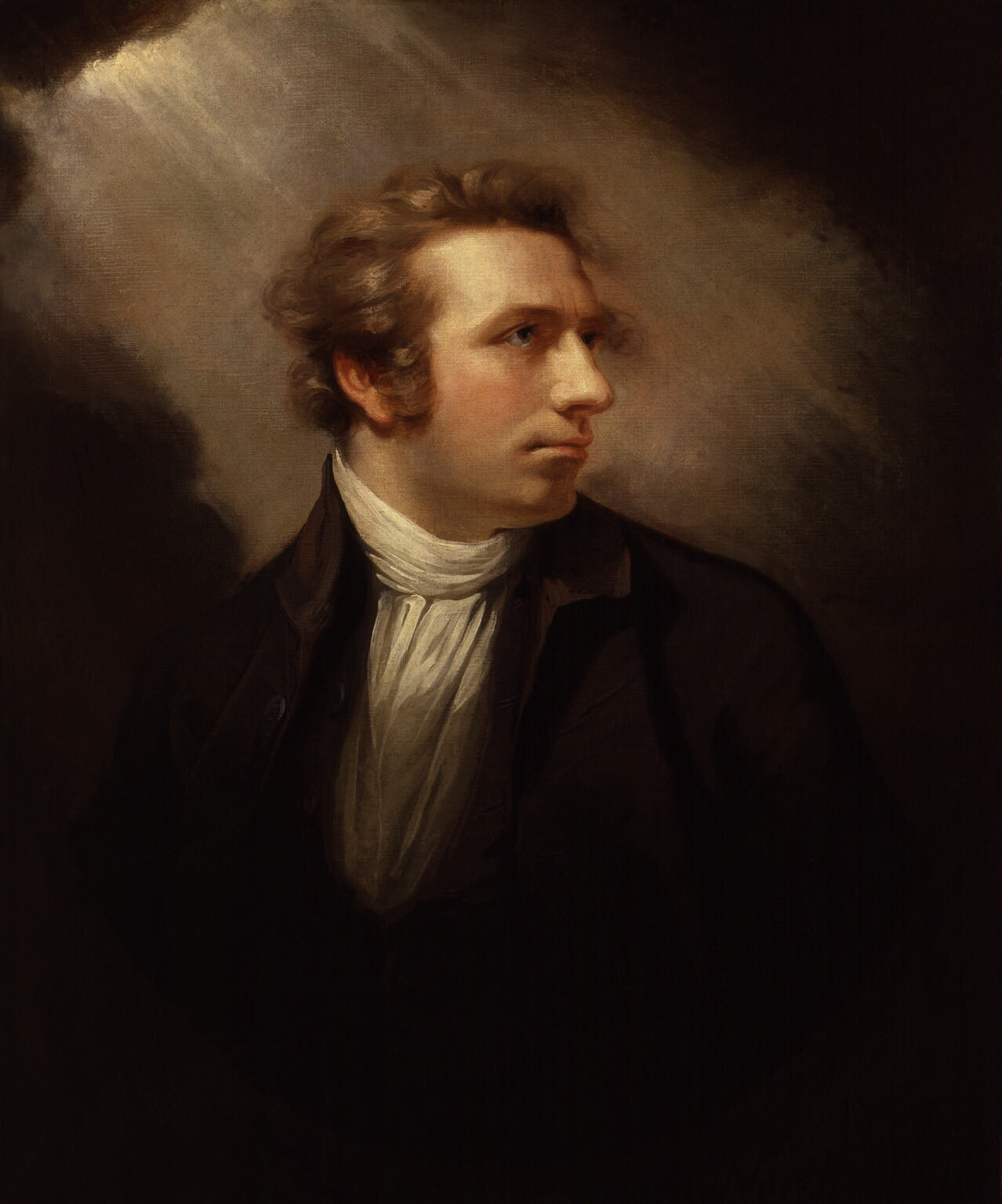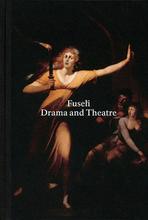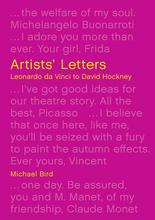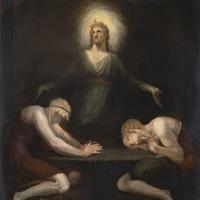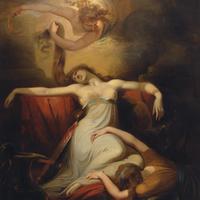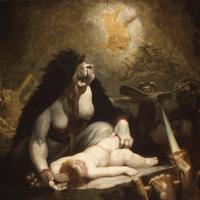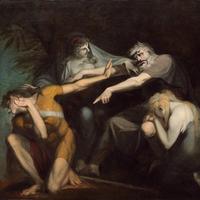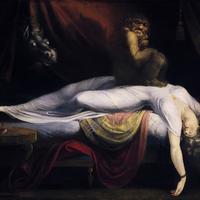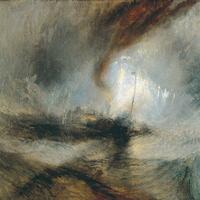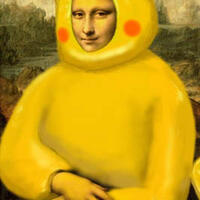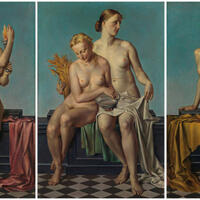More about Henry Fuseli
- All
- Info
- Shop
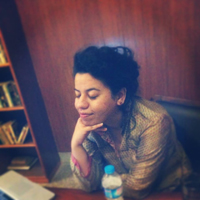
Contributor
Ghost hunters and horror fans will dig Henry Fuseli, a Swiss Romanticist painter renowned for taking on the spooky and supernatural.
A man of many interests outside of art itself, Fuseli made friends with peeps who introduced him to the realms of literature and psychology, the latter of which began to reflect in his artwork...in a very creepy way. He leaned towards the more agonizing and horrific narratives from the literature he read, unlike those happier artists who opted to depict the virtuous and historic moments instead. The gorier the better for Henry.
It wasn’t just the monsters in scary stories that he liked, he was also infatuated with portraiture. The likes of Michelangelo, sculptor of macho-muscly dudes, inspired him too. This Renaissance-y influence is apparent in his paintings of chiseled, monumental men. If you’re into dudes in distress check out Death of the Strong Wicked Man by William Blake, who was a fan of Fuseli's work.
But Henry was at his best when he painted the ladies. He really attempted to study the personalities of his models, so much so that he eventually got hitched to one. His marriage to the headstrong woman and his extramarital involvement with the early feminist Mary Wollstonecraft resulted in him famously saying: “I hate clever women. They are only troublesome.” Maybe that’s true…for not so clever men.
Featured Content
Here is what Wikipedia says about Henry Fuseli
Henry Fuseli RA (/ˈfjuːzəli, fjuːˈzɛli/ FEW-zə-lee, few-ZEL-ee; German: Johann Heinrich Füssli [ˈjoːhan ˈhaɪ̯nʁɪç ˈfyːsli]; 7 February 1741 – 17 April 1825) was a Swiss painter, draughtsman, and writer on art who spent much of his life in Britain. Many of his works depict supernatural experiences, such as The Nightmare. He painted works for John Boydell's Shakespeare Gallery and created his own "Milton Gallery". He held the posts of Professor of Painting and Keeper at the Royal Academy. His style had a considerable influence on many younger British artists, including William Blake.
Check out the full Wikipedia article about Henry Fuseli

